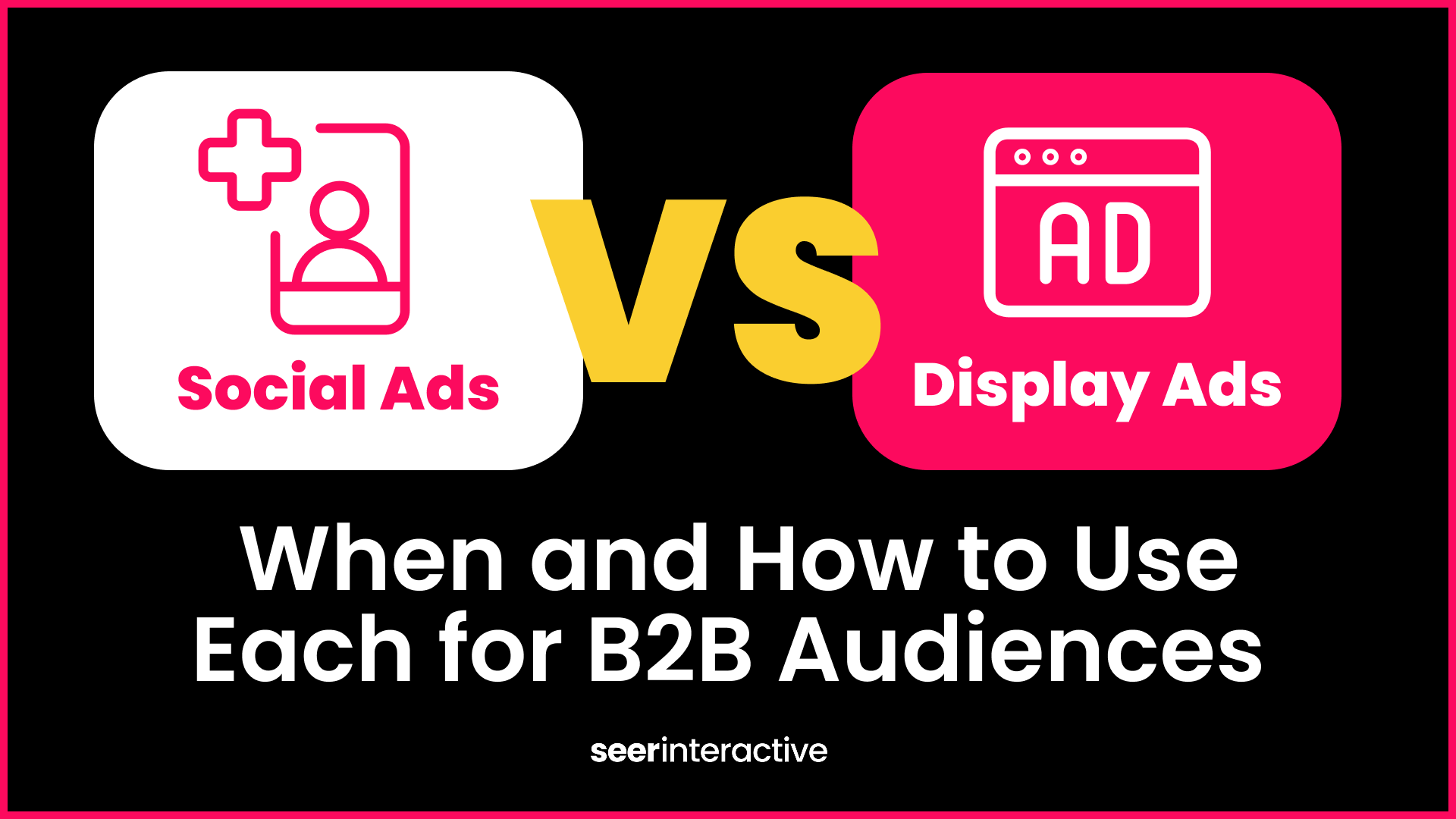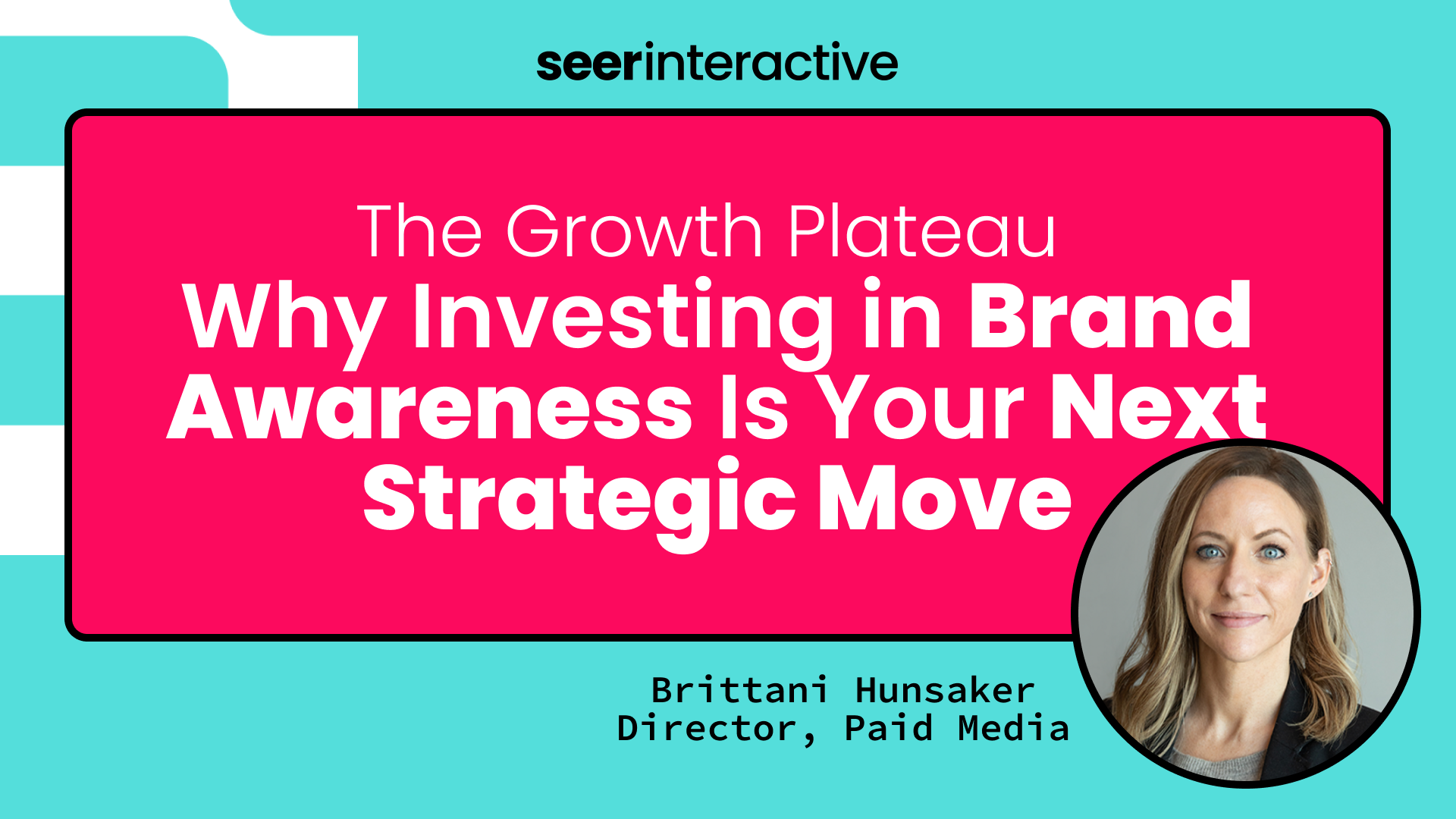Ever feel overwhelmed by the number of active campaigns in your Google Ads account? Managing one campaign per topic, service, program, or product can feel excessive and time-consuming, especially since Google advocates for streamlined account structures.

As digital marketing evolves, your account structure should too. We’ll outline the main reasons and benefits of consolidating your campaigns into fewer, more streamlined ones and setting you and your team up for success.
Understand Campaign Consolidation
Campaign consolidation involves merging numerous campaigns into a smaller, more manageable set based on common factors. For example, if a university has a Google Ads campaign for each program, they could consolidate these into campaigns by college (e.g., Education, Medicine, Nursing, Law) or degree type (Master's, Bachelor's, PhD). This method can reduce 30+ campaigns to just 5 or 10.
This consolidated campaign approach while nicer to look at, also allows campaign managers to tap into Google’s Machine Learning and Smart Bidding to increase performance and drive efficiencies all while maintaining the same overall volume.
Consolidation allows marketing to focus resources on other areas that truly matter such as ad relevance, keyword governance, and budget allocation.
Streamline Budget Allocation
Consolidating your Google Ad campaigns can give your marketing team a significant edge. By focusing your budget on top-performing campaigns, you can allocate resources more effectively and meet key business goals like lowering costs (CPA), increasing returns (ROAS), and boosting conversions. Instead of spreading your budget thin, consolidation helps you maximize impact and drive better results.
By consolidating, advertisers can better identify top-performing campaigns and allocate more budget to them, ensuring marketing dollars have the most impact.
This approach also simplifies budget management, reducing the time and effort needed to monitor and adjust multiple campaigns. You can make real-time budget adjustments for maximum impact, saving time and increasing efficiency.
Overall, campaign consolidation enhances budget effectiveness and efficiency, ultimately maximizing the ROI of your advertising efforts.
Enhanced Data Analysis and Optimization
At this point, you might be wondering, "But how does this help with campaign optimizations?" Great question.
Have you ever looked at your Google Ads account and felt overwhelmed, wondering where to begin? You're not alone. With fewer campaigns to monitor, marketers can focus on collecting and analyzing data from a more manageable set of sources. This makes it easier to identify trends and patterns, allowing you to refine targeting, messaging, and bidding strategies for better results.
What does this mean for you? With a streamlined set of campaigns, you'll easily spot performance changes and focus on campaigns that need extra attention.
Simplified Management and Reporting
Consolidating your Google Ad campaigns simplifies management and reporting, making it easier to monitor and track performance. With fewer campaigns, marketers can focus more on optimizing their strategies for campaigns, ad groups, and keywords.
Fewer campaigns to review mean more time for analysis and reporting. This allows for quicker and more insightful KPI analysis, helping marketers identify trends, successes, and areas for improvement more effectively. Consolidated campaigns streamline the reporting process, providing stakeholders with clear and actionable insights into their advertising success.
Case Studies and Success Stories
Seer recently completed a campaign consolidation for a higher education client, who initially had over 60 unique campaigns for each program. Our goal was to align with Google Best Practices and streamline budget management and optimizations. By consolidating campaigns based on degree type, we significantly reduced the number of active campaigns.
In the results below, considering the client's seasonality, we compare pre- and post-campaign consolidation with a year-over-year (YoY) view.
In this example, Seer decreased spend by 26% and reduced CPCs by 8%, while maintaining the same conversion volume with a 23% more efficient CPA. Despite intermittent campaign pauses causing a volume drop, CTRs increased by 42%.

In our second example, while spend levels remained flat YoY, Seer increased overall click volume as CTR for revamped ads rose by 48%. Conversions increased by 4%, demonstrating that a streamlined campaign structure allowed for better budget allocation toward top-performing campaigns while maintaining a stable YoY CPA.

In both examples, our Account Manager reduced time spent on budget management from 2-3 hours per week to 1 hour per week, with the remainder of time spent on optimizations.
Best Practices for Consolidating Google Ad Campaigns
When consolidating Google Ad campaigns, follow industry best practices for maximum benefits.
-
Start with a thorough audit of your current campaigns to identify top-performing keywords, ad groups, and targeting parameters.
-
Prioritize consolidation based on performance, merging campaigns with similar themes or goals.
-
Streamline your campaign structure by organizing ad groups around focused keywords and ensuring alignment with ad copy and landing pages.
-
This approach boosts ad relevance, Quality Score, and performance while reducing costs.
-
-
Utilize automated bidding strategies and ad extensions to further optimize results and increase visibility.
-
Monitor campaign performance closely throughout the consolidation process, making adjustments as needed.
-
Regularly review metrics like click-through rates, conversion rates, and cost per acquisition to guide ongoing optimization decisions based on data.
Unlocking Your Ad Potential
Consolidating Google Ad campaigns offers a strategic advantage for marketers seeking to maximize their advertising investment and achieve better results. By streamlining budget allocation, enhancing data analysis and optimization, improving ad relevance and Quality Score, and simplifying management and reporting, consolidation enables marketers to focus their resources more effectively and drive greater ROI.
Aligning ad campaigns with broader marketing goals and following best practices for consolidation allows marketers to unlock the full potential of their Google Ads and achieve greater success in reaching and engaging their target audience.
In the ever-changing digital marketing landscape, embracing campaign consolidation can elevate your Google Ads to new heights and propel your business forward.
If you’d like to know more information on how campaign consolidation can help improve your performance, contact our paid media team here.


